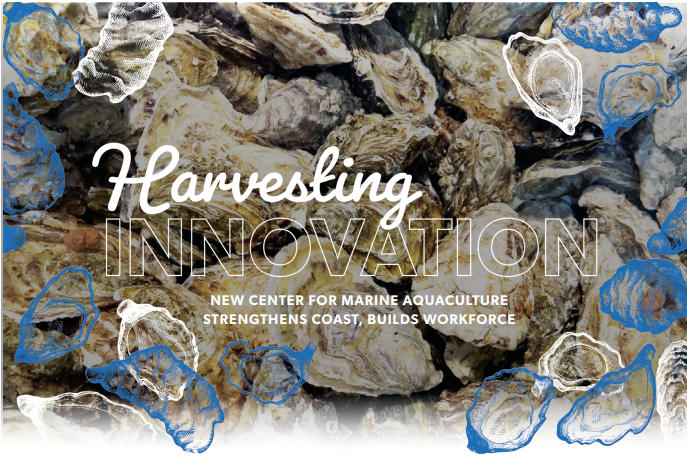Island University Researcher’s Team Finds New Ways to Study Rare Animals
CORPUS CHRISTI, Texas – An international team of scientists led by Dr. Barnabas Daru, a researcher at Texas A&M University-Corpus Christi, has published a paper that may change the way conservationists study and measure endemic populations of birds, amphibians, and other life around the world.
“The future of our planet is at stake. Scientists and conservationists must prioritize the protection of biological diversity if we are to avoid a sixth mass extinction event,” said Daru, Assistant Professor of Biology in the College of Science and Engineering’s Department of Life Sciences. “A common approach for prioritizing the conservation of species is to identify concentrations – or hotspots – of endemic species.”
Endemism is when a species is found in one area and nowhere else in the world, and it is an important tool for setting conservation priorities. Endemic species, such as a type of penguin found only in the Galapagos Islands, are especially important to researchers who work to unlock the secrets of how such animals can evolve in such isolated circumstances. The Galapagos penguin is the only species of penguin that lives outside the Southern Hemisphere.
While the kangaroos of Australia and lemurs of Madagascar are well-known examples of endemic species, others are found even here in Texas. Daru noted three examples of birds that include Texas in their endemic territories – the ringed kingfisher, the green jay, and the red-billed pigeon – as well as amphibians such as the Barton Springs salamander. The famed bluebonnets of Texas are another example.
Daru and his fellow researchers looked at the patterns of endemism in their paper, which was published today, April 30, in Nature Communications, an open access journal that publishes high-quality research in biology, health, physics, chemistry, Earth sciences, and related fields.
“Areas of endemism are important in biogeography because they capture facets of biodiversity not represented elsewhere,” Daru said. “However, the scales at which they are relevant to research and conservation are poorly analyzed.”
Daru, Alexandre Antonelli of the Royal Botanic Gardens, Kew, in the United Kingdom, and Harith Farooq and Søren Faurby of the University of Gothenburg in Sweden, analyzed global datasets of birds and amphibians and showed that patterns of endemism are scale dependent, varying across grain sizes, spatial extent, and taxonomic treatment, which suggests that their relevance to conservation and biogeography might have been compromised all along.
Endemism is measured in several ways. Common methods are weighted endemism and phylogenetic endemism.
“Weighted endemism is calculated as the counts of the numbers of species in an area divided by the sum of their range sizes,” Daru said. “This metric of weighted endemism ranks species equally regardless of how they may be related, making the approach sensitive to changes in taxonomic opinion.”
Phylogenetic endemism is not influenced by variations in taxonomic opinion because it measures endemism based on the relatedness of species before weighting it by their range sizes.
The paper is based on the idea that changes in taxonomic treatments, spatial grain, and spatial extent strongly influence patterns of endemism.
“Taxonomic lumping can be detrimental to conservation if species are delisted as a result, with subsequent cessation in monitoring and policy efforts for their protection,” Daru said. “On the other hand, splitting can lead to potentially incorrect spatial conservation planning, which may limit the number of biological species that are properly managed. When the grain size is too large, it can compromise important areas of endemism that may become vulnerable and degraded due to disturbance of natural areas from human activity.”
In their research, the team found a widespread lack of protection for endemism hotspots.
“This suggests that patterns of endemism should be quantified bearing in mind the sensitivities of each measure to different assumptions,” Daru said. “Our study highlights the large impact that scale can have on understanding biodiversity patterns and prioritizing areas for conservation, and stresses the importance of analyses that are robust to assumptions on taxonomy, spatial grain, and extent.”
To find out more, read the full paper here: https://doi.org/10.1038/s41467-020-15921-6









